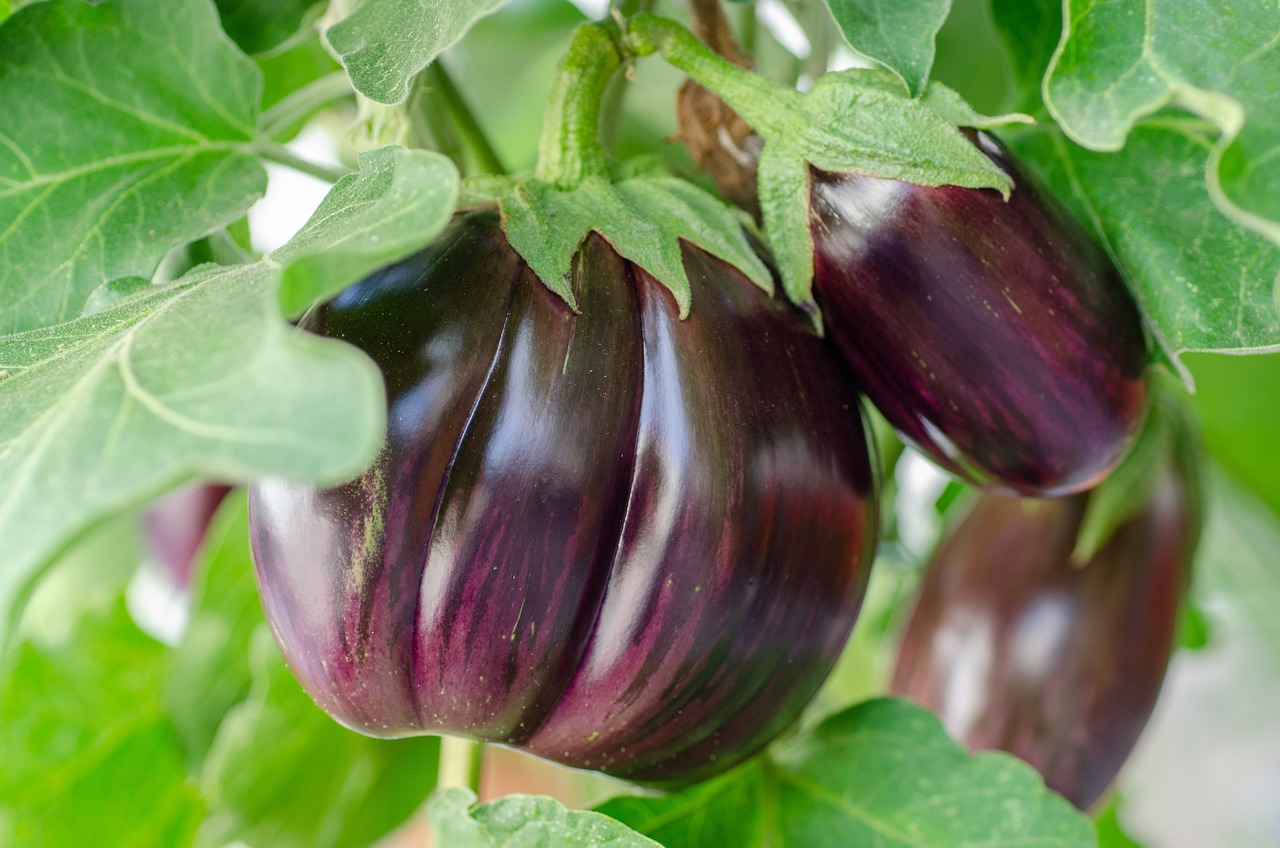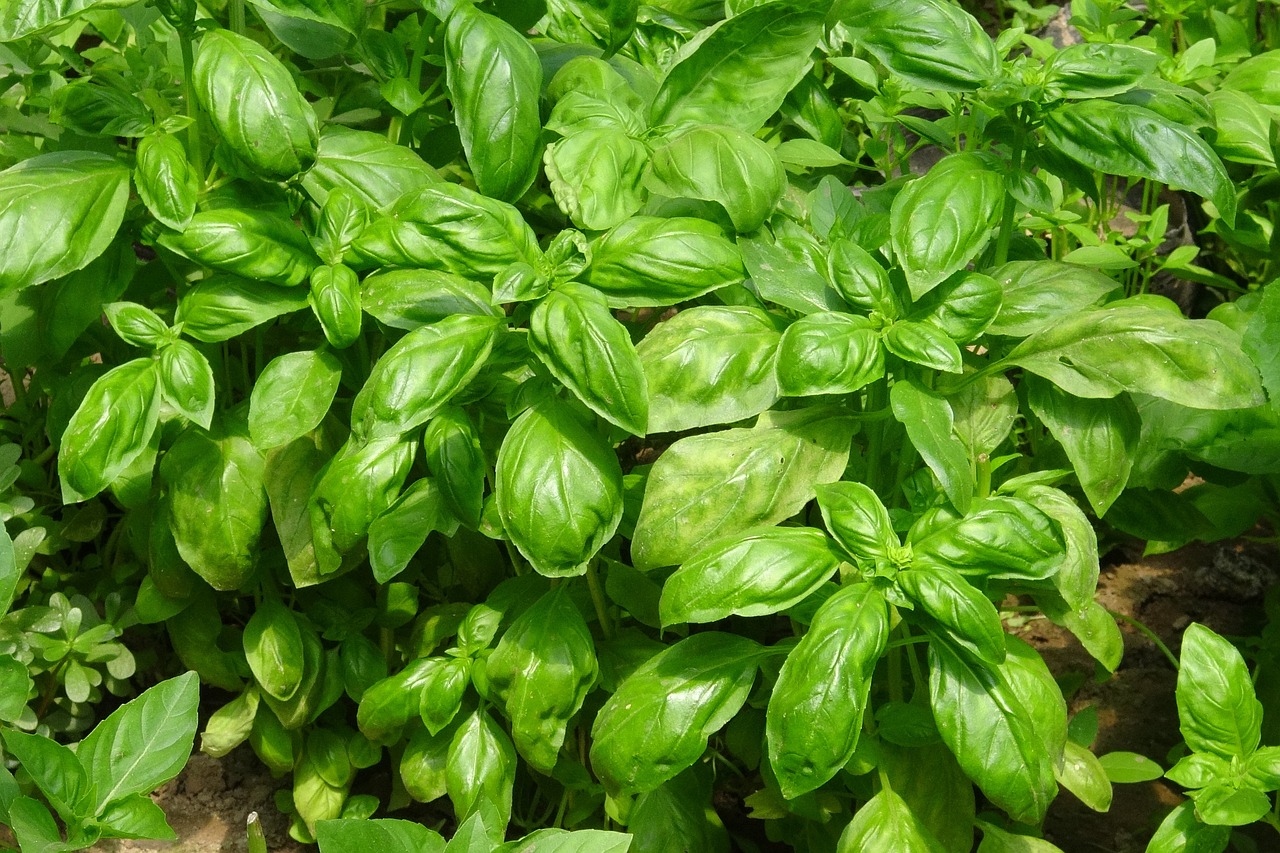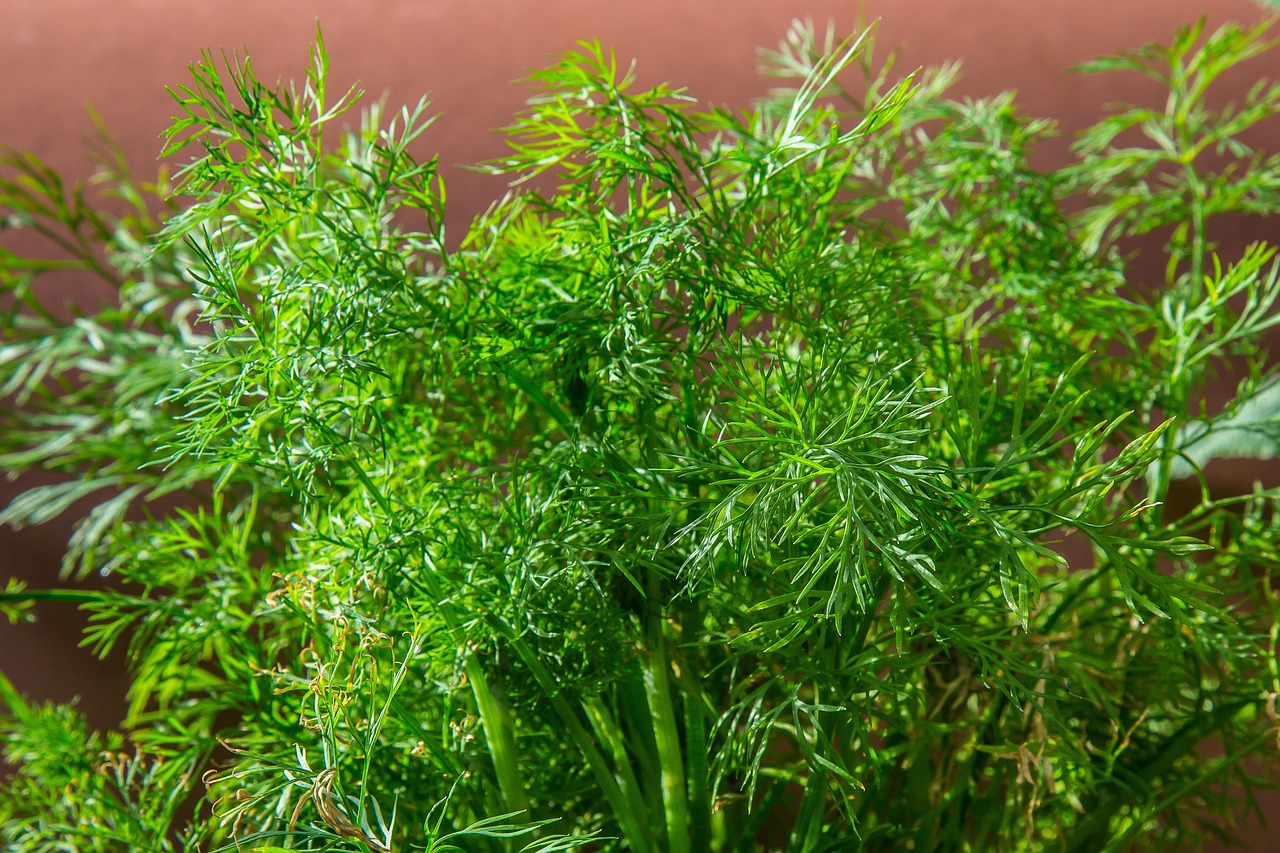Parsley is an easy to grow plant that grows well in gardens, balconies and small spaces, making it a good choice for beginner gardeners.
Parsley leaves are often chopped and added to meat and fish soups and other dishes, adding a peppery taste and earthy flavor to them, making parsley a valuable addition to a kitchen garden.
Flowers of parsley plants are attractive to bees, butterflies and other pollinators, adding beauty to a home garden.
Parsley can be grown in a garden or in pots with well-draining potting soil. Pots can be placed on balconies, patios, sunny windows and all other spaces with full sun exposure.
Description
Parsley is a flowering plant belonging to the family Apiaceae and native to Greece and Morocco.
It is cultivated as an herb or vegetable for its leaves or roots depending on the cultivar.
Garden parsley grows as a biennial in temperate regions and as an annual in tropical and subtropical areas. Where it grows as a biennial, it produces rosettes of leaves in the first year and a tap root which is used for food storage during the winter. In the second year, the plant produces a flowering stem and fewer leaves. Flowers later produce seeds, and the plant dies.
Parsley produces dark green leaves that are used as garnish in soups and other dishes.
| Botanical name: Petroselinum crispum | Propagation: Seed |
| Common name: Parsley | Soil type: Loam |
| Family: Apiaceae | Soil pH: 6.0-7.0 |
| Plant type: Biennial, annual | Temperature: (70-80)0F |
| Hardiness zones: 3-9 (USDA) | Light: Full sun |
| Mature size: 9-12in.tall, 9-12in. wide | Spacing: 4-6in. between plants |
| Flower color: Yellow green, white | Pollination: Bees, butterflies and other insects |
| Leaf color: Dark green | Toxicity: Toxic to cats, dogs and horses |
| Time to maturity: 70-90 days | |
| Native area: Greece and Morocco |
Temperature requirements
Parsley is able to grow in a wide range of temperature conditions, but optimum growth occurs between 700F-860F.
Soil requirements
Parsley requires well-draining soil that is water retentive for proper growth. Plants are hardy and can grow in a wide range of soils, but well-draining loam soil with pH 6.0-7.0 is ideal for optimum growth.
Sun/Light requirements
Parsley is a sun loving plant that requires full sun or light shade for optimum growth. Select an area that receives at least six to eight hours of sunlight per day.
Common Parsley varieties to grow
Curly leaf parsley: This is the most cultivated variety. Leaves are green with toothed edges.

Turnip rooted parsley: This variety is grown for its large roots which are cooked and eaten as a vegetable.

Flat-leafed parsley: Parsley has flat, dark-green leaves with strong flavor, commonly used in stews and soups.

Site preparation
Prepare your site by removing existing vegetation, large stones and perennial weeds.
Till the site to make a smooth raised bed using a hoe or other gardening material.
Add a 2–4-in. layer of organic manure in form of compost or rotted animal manure to enrich the soil with nutrients.
Planting
Before planting, soak seeds overnight for better germination rate.
Sow seeds ¼ to ½ an inch deep into the soil, cover lightly and water to supply moisture to the soil. Spacing should be 4-6in. between plants.
Parsley seeds germinate slowly and unevenly, they will start to emerge out of the soil 21-25 days after planting.
To plant in a container, select a container that is at least 20cm in diameter.
For a continuous all year-round harvest, sow seeds three times a year; during spring, summer and fall.
Care for plants
Apply a layer of mulch in form of dry leaves or dry grass to retain moisture and control weed growth.
Water plants during the dry season. Do not over water as to cause water logging.
If parsley is grown in rich soil, additional fertilization is not necessary unless growth rate is unusually slow.
Harvesting and storing Parsley
Parsley planted from seed is usually ready for harvest 90 days after sowing. Remove leaves by hand and use for cooking or use as garnish. Leaves can be harvested thought the growing season.
Leaves are best picked in the morning when the dew has dried out, before they become soft from heat.
After harvesting, water the plants so that new leaves can grow back again.
Parsley can be stored at 00C and 90% humidity for 1-2 months.

Common problems
Parsley grows as a hardy plant that is capable of thriving in poor soils and is resistant to diseases.
It is mostly affected by aphids which feed on leaves and cause small holes to develop in leaves. Aphids can be physically removed from a garden especially if it is small in size.
Avoid spraying plants with chemicals as parsley is safest to eat when chemical free.
The best companion plants to grow with parsley are:
- Tomatoes
- Chives
- Carrots
- Onions
- Peas
- Peppers
What not to grow with parsley
- Mint
- Lettuce




